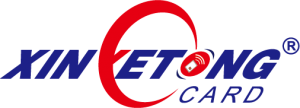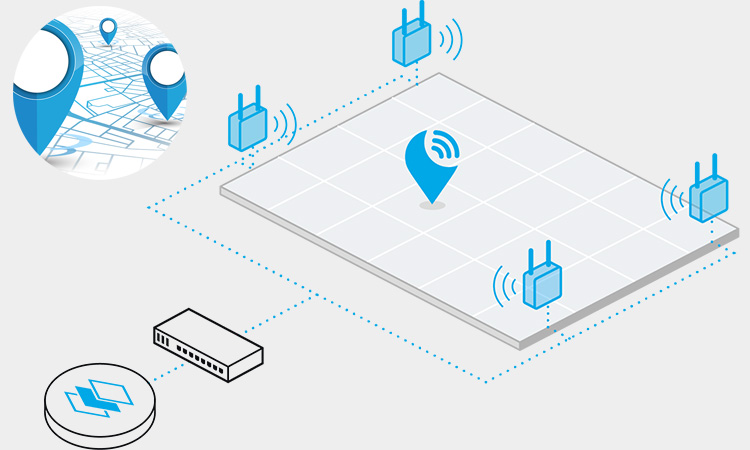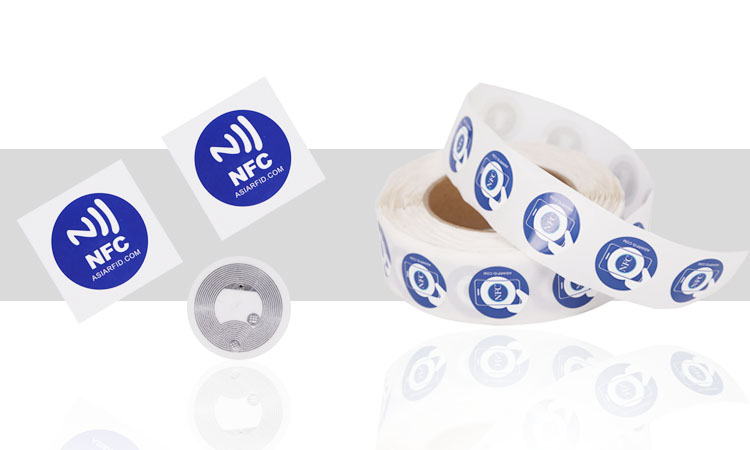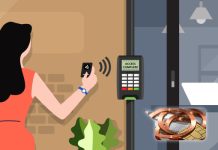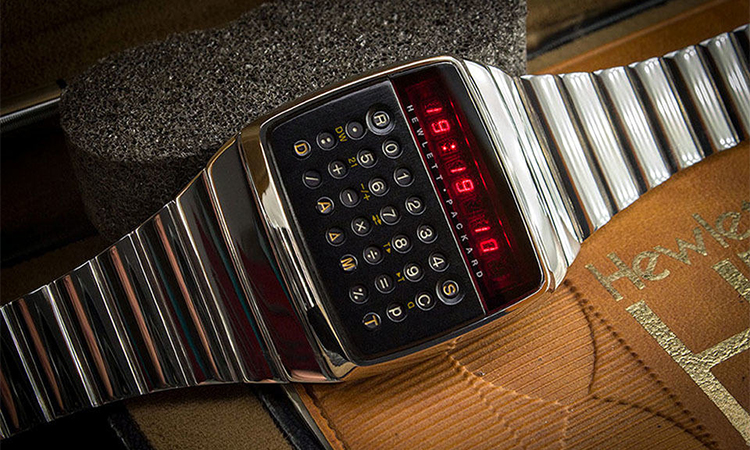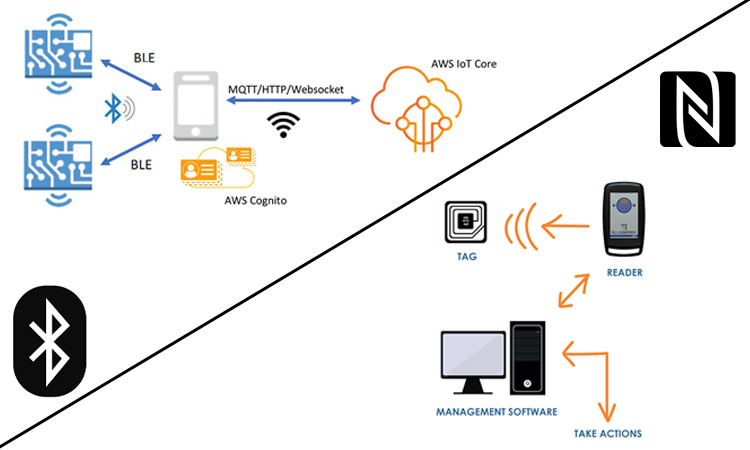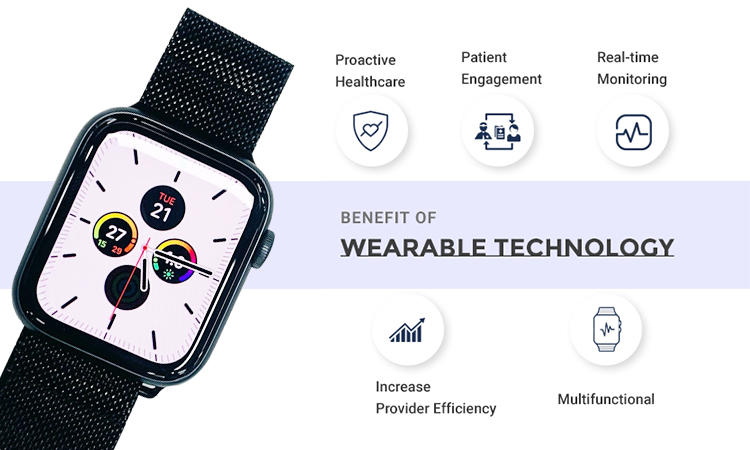With a global market share estimated at $36.3 billion, more and more companies are recognizing the importance of digitizing their asset-tracking processes. Active RFID tags are a powerful tool for asset tracking and management, providing businesses with real-time visibility and control over their assets. However, the cost of implementing an active RFID system can be a significant barrier for many companies. In this blog post, we will provide a comprehensive breakdown of the actual cost of active RFID tags, including their upfront and ongoing fees and how they can impact your business.
Active RFID tags are small electronic devices that use radio waves to communicate with readers. Unlike passive RFID tags, which rely on the reader to provide power, active RFID tags have their own power source and can transmit data over longer distances. This makes them ideal for tracking assets and inventory in real time.
Active RFID tag is an active form of identification. It contains an internal onboard power supply that actively collects data and transmits it to the reader through radio waves. It can communicate only at low signal strengths. Under certain circumstances, it can communicate up to hundreds of meters.
RFID Active tags can classify into three types: Beaconing RFID tags, Transponding RFID tags, and Intelligent RFID tags.
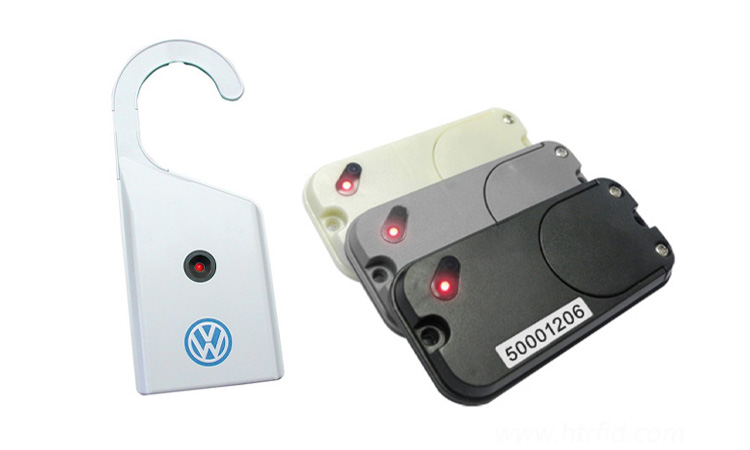
More common is the Beaconing RFID tag, as it is a reasonably simple system. It is commonly used for real-time location systems. Depending on the preset time, the beacon will emit a signal every few seconds or days. The signal from the beacon will contain specific information. This information includes the unique ID of the tag and the positioning information.
The information it emits is generally encrypted and requires a specific key exchange to decrypt it. And these issued signals are received and stored by the readers in the surrounding monitoring area. At the same time, the received data will also be uploaded to the system database for staff to view. Depending on the company’s requirements for beacon RFID, it ranges in price from $5-$100. It is rugged, waterproof, and shockproof.
Transponding RFID tags have the same characteristics as passive and active RFID tag. It does not actively signal when close to the reader and always remains silent. It will respond when it receives a call from the reader, and its response capability is much stronger than passive RFID. It has a long life span, typically ten years or more. Most toll station management prefers to use this type of tag. It may be best for you if you want to use relatively little infrastructure and do not require a high read range and accuracy.
Intelligent RFID tags are a hybrid of Beaconing RFID and Transponding RFID. It has the best of both worlds and comes out on top. It wakes up and scans the nearby fixed reference point beacons within the time set by the staff. Based on the information received from the scan, it calculates its own positioning and actively sends it to the reader. The origin of its intelligence also comes from its tag-centric calculation method.
It can provide more accurate positioning than beacon RFID. It transmits data based on the position of a reference point beacon. The reader receives the location data information when its location is at the specified beacon position.
If you are using it, you only need one reader and several reference beacons to receive location information for particular items. But if you use beacon RFID, you may need to install readers at each location. It may be easier to understand if you assume the usage scenario is a hospital. Depending on the company’s label needs, it may apply to any industry.
RFID systems usually consist of RFID tags, antennas, and RFID readers. This RFID tag can be RFID active, RFID passive, and RFID semi-passive . When the RFID reader is close to the RFID active tag, the two are to produce electromagnetic induction.

RFID Active tag will transmit data through radio waves signal to the RFID reader. The reader will then decode the received radio wave signal and upload it to the specified database in the form of data. Assuming that the staff will store all the data in the database, they can view and manage it at any time.
Active RFID tags generally operate in higher frequency bands such as 900MHz, 2045GHz, and 5.8GHz. It has a high transmission speed and can send data over a long distance. If an active RFID tag is a location at a distance of nearly 100 meters from the reader, they can communicate with each other normally. During the communication process, the reader can read data at a rate of up to 1,700 reads/sec.
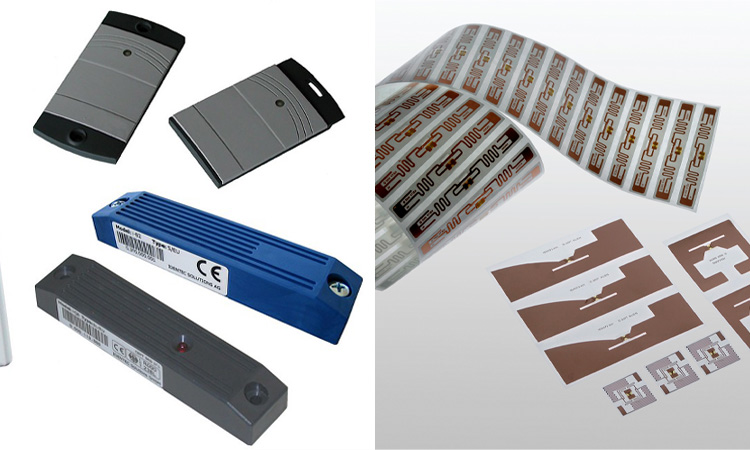
- They need the same equipment. The equipment necessary to make up an RFID system are tags, antennas, readers, and data centers.
- They use the same process.
- First, store the relevant data on the tag.
- Associate the label with the asset and attach it to it.
- The antenna scans the nearby tag signal (passive / active).
- The reader receives the signal transmitted by the antenna and starts decoding and storing data.
- The reader sends the received data to the system database.
| Active RFID Tags | Passive RFID Tags | |
| Battery | Yes | No |
| Energy Source | Internally supplied (batteries) | Externally provided (reader) |
| Signal Range | Hundreds of meters | 10 cm to several meters |
| Operating frequency | Generally run under UHF | Operates at LF/HF/UHF |
| Data storage capacity | Store more data | Limited data storage |
| Maintenance | Low, typically 2-5 years (limited by battery life) | High, typically over 10 years (maintenance free) |
| Production cost | Expensive | Inexpensive (depending on the quantity) |
| Tag Size | Large and bulky | Small and lightweight |
| Radio noise | Yes | No |
| Environment | Sensitive to harsh environments | Resistant to harsh environments |
| Additional Feature | With additional functions such as sensors | Not applicable |
What Costs to Consider When Purchasing an RFID System?
The price of RFID tags is affected by direct factors such as the durability of the tag, frequency of use, and the number of identification purchased. Even the cost of buying a label can be affected by macro factors such as the market and inflation. It also shows that each RFID tag’s price is unstable and will not be the same. Usually, passive RFID tags are less expensive than active and semi-passive tags. You need to prepare enough budget.
The upfront costs of implementing an active RFID system can be broken down into four three categories:
Tags Cost
Active RFID tags typically cost as little as $25 or more than $100. Some active RFID tags also come with additional features. Its additional features may be onboard sensors that track environmental parameters, etc.
And thus will be relatively more expensive. But if compared with infrared, WiFi, and other alternatives, it is instead the most cost-effective one. Semi-passive RFID tags are in the range of $10 – $25. Passive RFID tags are the cheapest relative to the other two, ranging from $0.1 to $1.5.
Costs of Equipment Required
After selecting the tags, you must buy the appropriate equipment according to your needs. Choosing a passive RFID system, you will need to buy RFID readers in addition to the cost of cables and antennas. Depending on the reader, the cost can range from $1,250 to $20,000 each. Depending on the granularity of the location to be acquired, you may also need a dense network of readers. Passive RFID devices are often supplied with Power over Ethernet to operate, which adds to the cost of your equipment.

In a typical production environment, staff will have RFID readers at all entrances and exits and in material storage areas. Assuming that they are only installed in individual places, there is a risk that they will not be found when placed in other places. Items are not placed in these places, resulting in a lot of staff time wasted in “searching.” For example, if an employee places a marked item in another location, the reader will not be able to locate the item. Then you need to “find” through multiple parties, such as monitoring or scanning using a handheld reader.
Active RFID systems are much cheaper than passive RFID systems in the equipment required. It is because it requires relatively simple reader functions. However, the equipment required is more expensive if you want to use an ultra – wideband (UWB) system. The advantages of using a UWB system are also clear – the positioning is very accurate, down to a few centimeters.
Installation Costs
Passive RFID systems are expensive to install. It requires a professional visit to the home to adjust the equipment, guide the antenna and configure it, and other essential settings. Passive RFID also requires special antennas to be installed and calibrated. The costs associated with this result in high installation costs for passive REID.
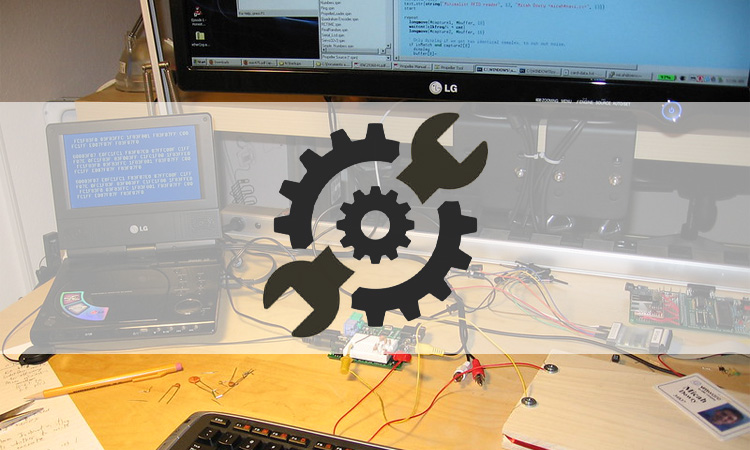
Active RFID systems are simple to install, so the installation cost is much lower. Usually, the reader is placed in the most convenient location, and the location requirements are not high. In most cases, it can be installed within one day. Of course, if you want to install a UWB system, it may cost more to install than passive RFID.
Their maintenance costs are essentially the same. It includes problems such as devices that need to be unplugged for certain situations or network drops.
In addition to the upfront costs, businesses must also consider the ongoing costs of maintaining and operating an active RFID system. These ongoing costs can include:
- Replacement tags: Active RFID tags have a limited lifespan and must be replaced periodically. The replacement frequency will depend on the type and usage of the tags.
- Replacement readers and antennas: Like tags, active RFID readers and antennas also have a limited lifespan and must be replaced periodically.
- Maintenance: Regular maintenance is required to maintain the active RFID system properly. This can include software updates, battery replacements, and cleaning of the tags and readers.
- Software: Active RFID systems require specialized software to manage and analyze the data collected by the system. The cost of this software can vary depending on the type and complexity of the system.
While the upfront and ongoing costs of active RFID tags can be significant, the benefits of implementing such a system can outweigh the costs. Active RFID tags can give businesses real-time visibility and control over their assets, improving operational efficiency and reducing costs associated with lost or stolen assets. In addition, active RFID tags can help businesses reduce labor costs associated with manual inventory tracking and improve supply chain management.
Active RFID tags can provide businesses with a powerful asset tracking and management tool. Still, you need to consider the true cost of these tags before investing in a system. By understanding the upfront and ongoing costs of active RFID tags, businesses can decide whether this technology suits their needs and budget. While the cost of active RFID tags can be significant, the benefits of improved operational efficiency, reduced costs, and real-time asset tracking can be worth the investment.
Frequently Asked Questions (FAQs)
-
What are the advantages of using Active RFID tags over passive tags?
Active RFID tags offer several advantages over passive tags, including a longer range, greater accuracy, and the ability to transmit real-time data. Active tags are also better suited for tracking high-value assets over long distances or in challenging environments.
-
What are the applications of Active RFID tags?
Active RFID tags are used in various applications, including asset tracking, supply chain management, inventory control, and security monitoring. They are also used in healthcare settings to track patients, medical equipment, and medication.
-
How can Active RFID tags be used for asset tracking?
Active RFID tags can be used for asset tracking by attaching them to high-value assets such as vehicles, equipment, or containers. The tags transmit a signal that can be detected by a reader, allowing their location to be tracked in real time.
-
What is the range of Active RFID tags, and how does it impact their use?
The range of Active RFID tags varies depending on the tag type and the environment in which it is used. Some tags range several hundred feet, while others can transmit over several miles. The range of the tag impacts its use, as longer-range tags are better suited for tracking assets over larger areas.
-
How can Active RFID tags be used for security purposes?
Active RFID tags can be used for security by attaching them to valuable assets, such as jewelry, artwork, or electronic equipment. The tags can be programmed to trigger an alarm if moved outside a designated area, alerting security personnel to a potential theft or security breach.
-
What are the power requirements of Active RFID tags, and how are they powered?
Active RFID tags require battery power to transmit their signal. The tag’s battery life depends on several factors, including the frequency of the transmissions and the type of battery used. Disposable batteries or rechargeable batteries can power Tags.
-
What are the limitations of Active RFID tags, and how can they be addressed?
The limitations of Active RFID tags include their cost, size, and power requirements. These limitations can be addressed by selecting a tag with the appropriate features for the application, optimizing the frequency of transmissions, and using efficient power management techniques.
